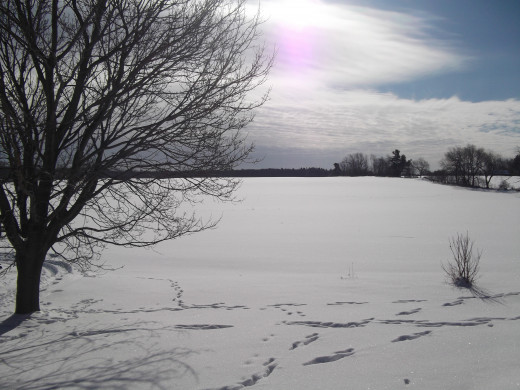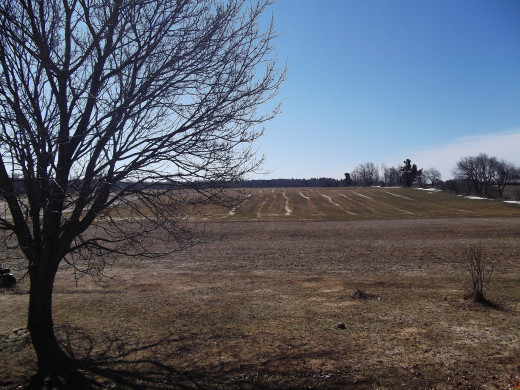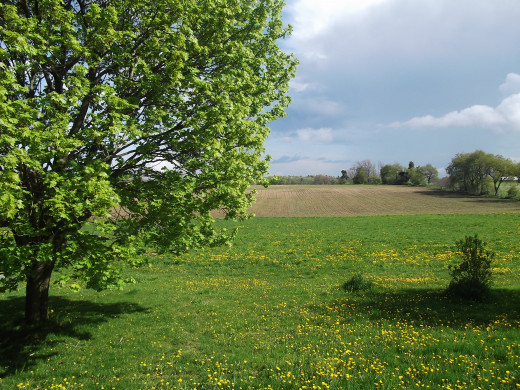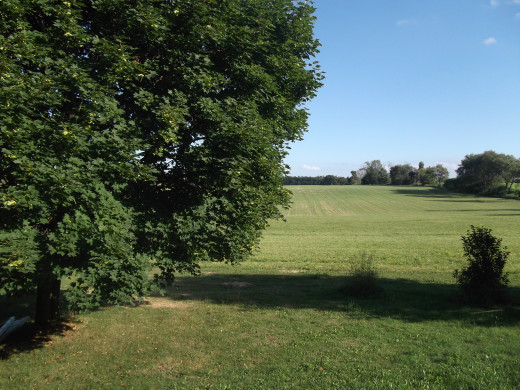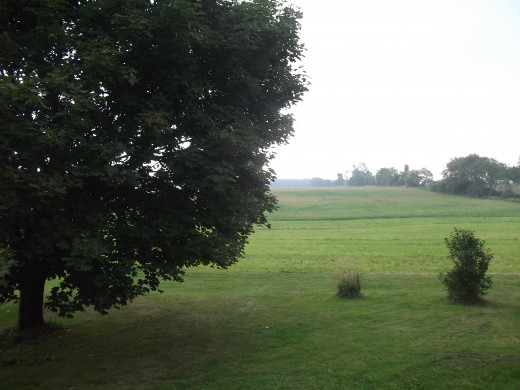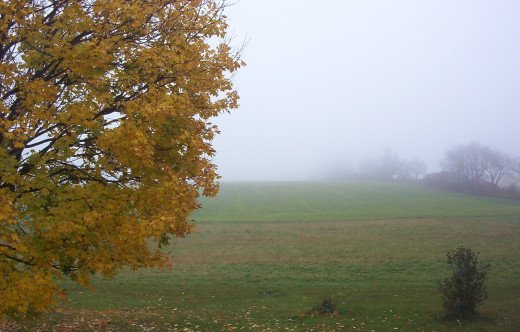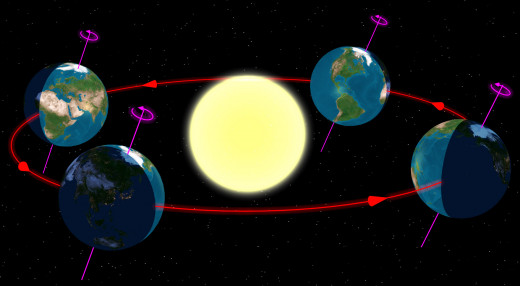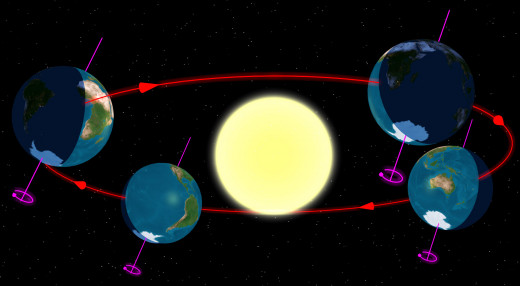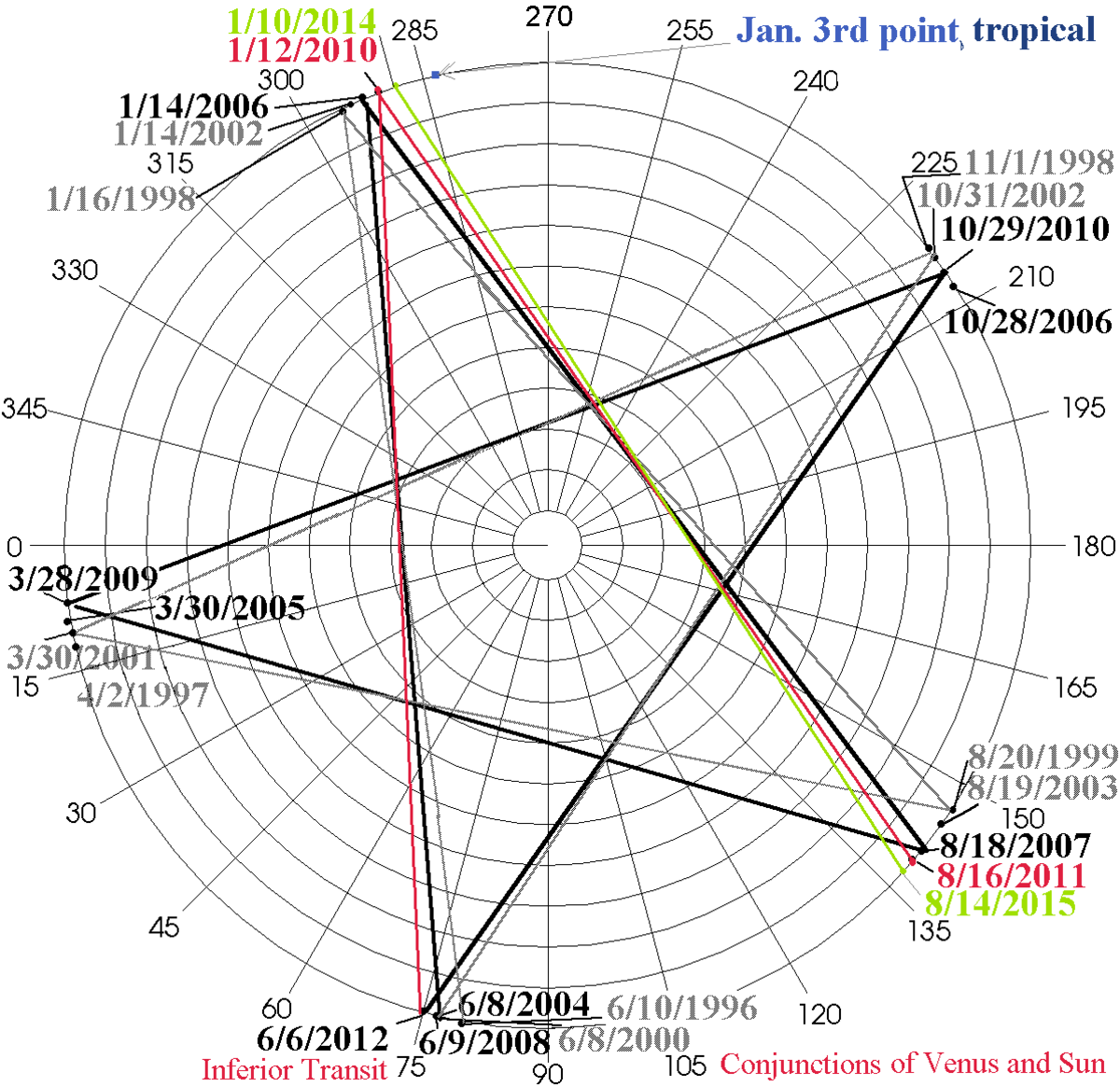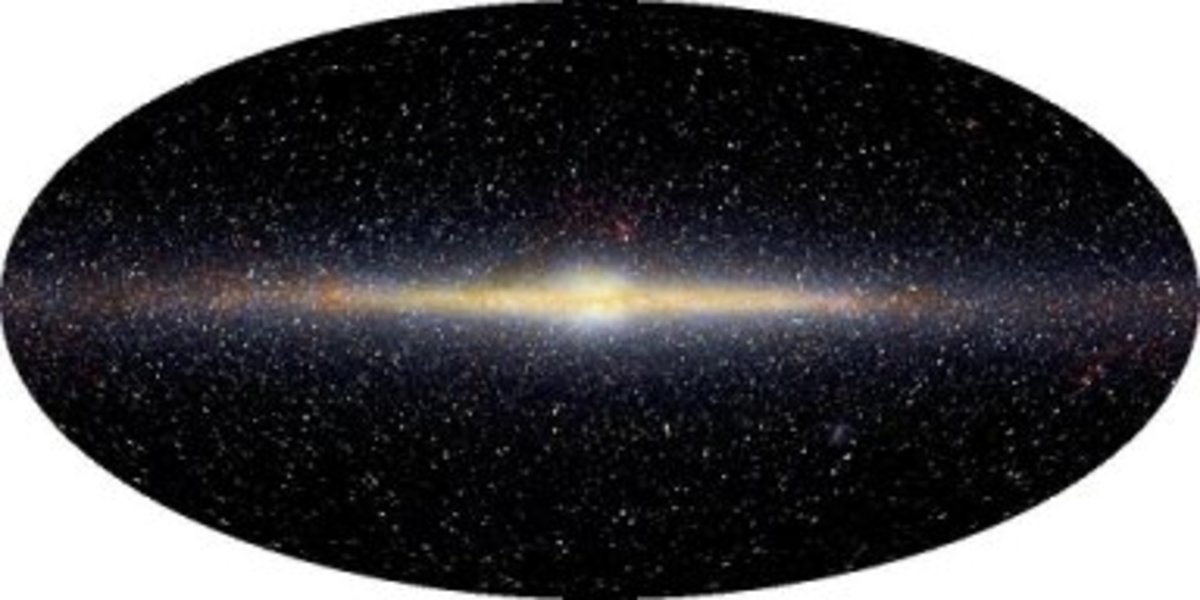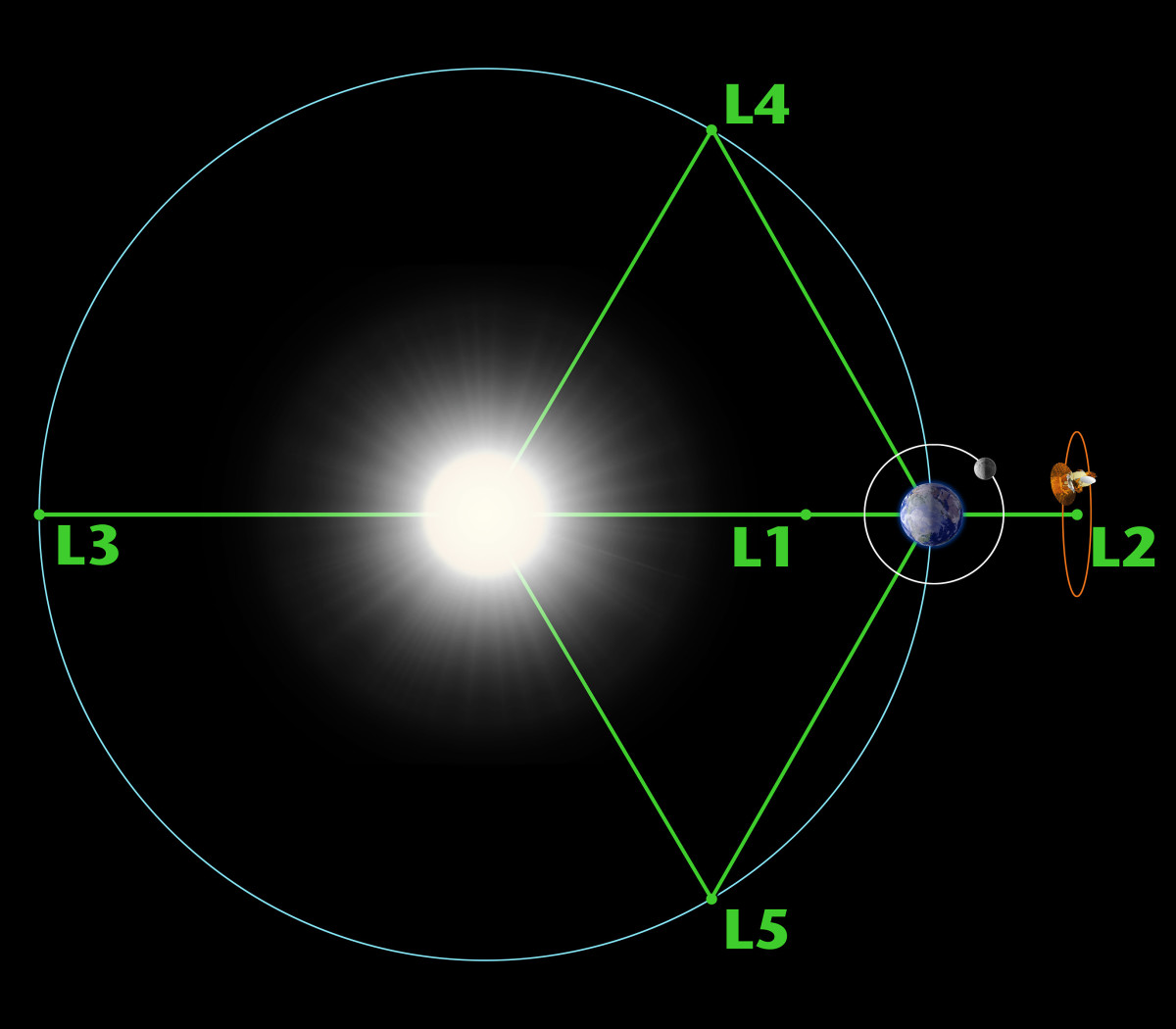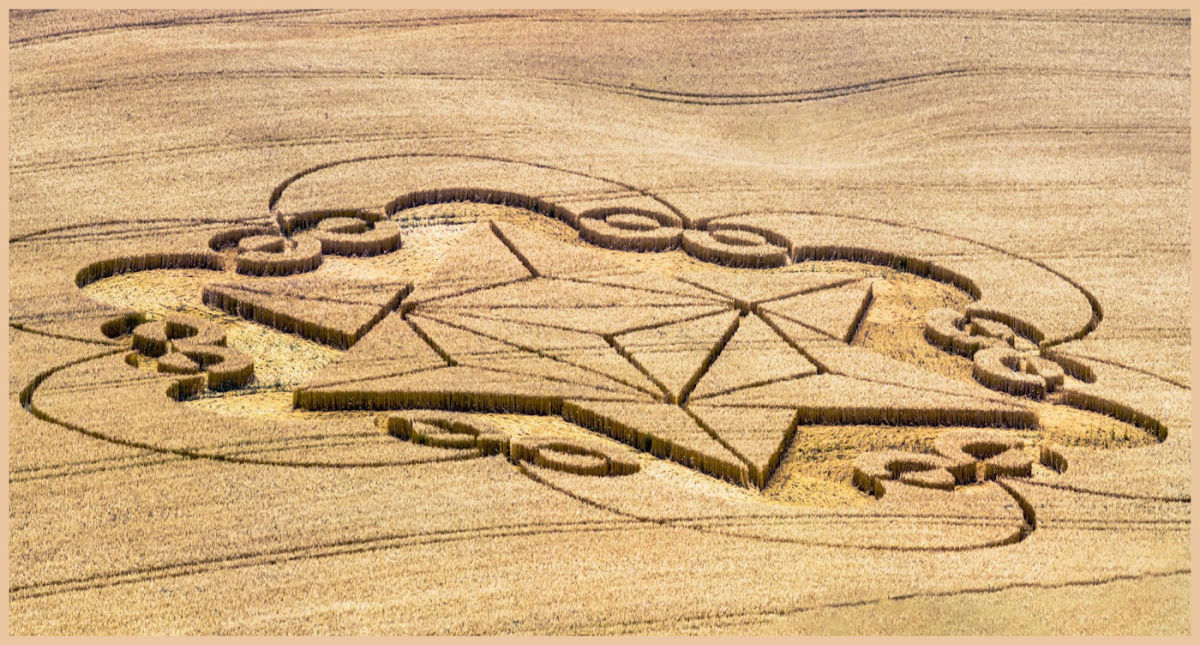What Causes Earth's Seasons to Change?






Beauty in all of Earth's Seasons
In southwestern Ontario we are blessed with a temperate climate that showcases all four seasons. Most of the time we are blessed I should say. Our climate can also produce extremes of temperatures sometimes fluctuating within a few days from quite hot to very cold. For the most part, I have to say, the variety is exciting and all seasons bring something of excitement for everyone. The seasonal pictures above were all taken by my husband from the same vantage point on our back deck. We are fortunate to live in the Oak Ridge Moraine area of Ontario which is an oasis of greenery and watersheds despite some areas which have seen the encroachment of suburban development. Each of the photos above showcases a different season, from winter to autumn. Within this hub, you will discover the reason behind the seasonal changes experienced on our planet. It is an interesting story with its roots in our orbit around the sun, the elliptical nature of our orbit and the Earth's revolution around its axis.
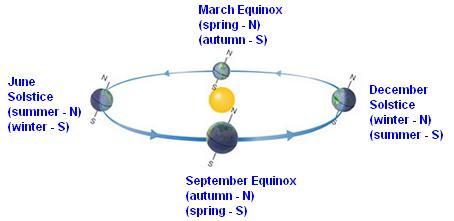


Why Seasons?
Reasons for Seasons on Earth
The changes in seasons result in different average daytime temperature for each season. The average temperature results directly from the heat received in a particular hemisphere in a single day.
- The average daily temperature also depends on the number of hours the sun is above the horizon and how long it spends at its highest elevation above the horizon.
- The higher the sun is, the less slanted are its rays hitting the Earth's surface.
- In other words, the higher the sun above the horizon, the more efficiently it delivers heat to the Earth's surface.
- Because our Earth is tilted, there will be days where the sun is often high above the horizon and the Sun's heating efficiency is high; when this happens in a given hemisphere, it is summer.
- As well, during the summer, the days are longer meaning more heat is absorbed by the Earth's surface.
- At other times, when the sun never gets high above the horizon, its heating efficiency is low; when this happens in a given hemsphere, it is winter.
- Winter days are also shorter meaning less heat is absorbed by the Earth's surface.
The seasons of Earth are due to mainly two factors: the tilt of Earth's rotational axis and the Earth's orbit around the sun.
- While travelling around the sun, the north pole of the Earth remains tipped towards the star Polaris, its axis at an angle of 23.5°.
- The direction of the Earth's axis remains nearly fixed in space while the Earth revolves around the sun.
- Because of this tilt, and the fixed position of the Earth's axis, the two hemispheres of the Earth are exposed to different intensities of sunlight.
- The intensity and amount of sunlight received by each hemisphere changes over the course of a year.
- The seasons of summer, spring, winter and fall are due to the changing intensity and changing amount of sunlight received by the two hemispheres.
June Solstice:
- The summer solstice in the northern hemisphere is around June 21 and represents the first day of summer.
- On the summer solstice, the north pole of the Earth has maximum tilt towards the sun.
- This day is the longest day for all in the northern hemisphere since the sun reaches its highest point in the sky.
- Because more direct sunlight is being received around this date, temperatures become warmer on average.
- The opposite is true for the southern hemisphere which celebrates its winter solstice on the same date of June 21.
- The southern hemisphere has maximum tilt away from the sun on this date creating chilly temperatures around this date.
December Solstice:
- Around December 21 of each year is the winter solstice in the northern hemisphere marking when the north pole of Earth has its maximum tilt away from the sun.
- The sun's rays are dispersed over a greater distance around this date and they must travel a greater distance to reach the Earth losing heat energy along the way.
- Temperatures are thus much lower in the northern hemisphere at this time.
- The southern hemisphere again experiences the reverse of the north with their summer solstice occurring around December 21.
- As the southern hemisphere has maximum tilt towards the sun at this time, they experience warmer temperatures around this date.
Even though the solstices represent the maximum or minimum tilt of the Earth towards the sun, they do not usually have the highest or lowest daily temperature. This fact results from the influence of large bodies of water absorbing or releasing large amounts of heat. When the ground and oceans absorb enough heat that an equilibrium is reached with atmospheric temperature, then the Earth experiences the coldest days of winter or the hottest days of summer.
Equinoxes:
- Autumn in the northern hemisphere and spring in the southern hemisphere occur between summer and winter.
- The autumnal equinox for the northern hemisphere and the vernal equinox for the southern hemisphere occur around September 23 each year.
- The vernal equinox in the northern hemisphere marks spring and occurs each year about March 21.
- For the southern hemisphere, this date marks the beginning of autumn.
- Equinox means 'equal night' meaning neither of the Earth's poles are tipping towards the sun.
- Day and night on the equinox are the same length worldwide.
Impact of Seasons on Living Things
A powerful force in the lives of all humans and most likely all creatures on Earth, seasons affect activities participated in, foods that are craved, clothing worn. For animals and plants, seasons affect reproduction cycles, migration for some animals and hibernation for some others. Seasonal affectations can have an impact on our moods and biorhythms that govern sleep patterns and eating patterns.
The Severity of Earth's Seasons and its Elliptical Orbit
Although very close to being a perfect circle, the Earth's orbit is in fact somewhat elliptical. Although this effect is too weak to cause seasons, it could have influence over the severity of those seasons. For example, the past few years in south central Ontario, we are experiencing higher than normal temperatures with greater humidity earlier than in the past. While other factors affect an area's weather, our elliptical orbit may be a reason for the extremities experienced in some periods.
- Because of the elliptical nature of Earth's orbit, the distance from the sun to the Earth varies during the year.
- Presently, in early January, which is a mere few weeks after the December solstice, the Earth reaches perihelion.
- Perihelion is the point when the Earth is closest to the sun.
- In the northern hemisphere, this translates to meaning that the Earth is closest to the sun during our winter.
- However, the date of the perihelion changes over the course of centuries.
- The date shift and moves later within the year over very long periods of time.
- It is hypothesized, that the shifting date of the perihelion as some influence on changes in the Earth's climate.
- The perihelion date gradually occurs later each calendar year and it takes about 21,000 years to make a complete cycle.
Precession and the Earth's Seasons
Although the Earth's axis is thought of as being fixed in direction, it does move at a rate less than a ½° per century. This gradual change in the direction of the Earth's axis is known as precession. This phenomenon is due to gravitational forces from the moon and sun on our spinning Earth.
- Thus, Polaris although our pole star now has not always been and will not always be the Earth's pole star.
- About 2500 BCE, during the erection of the pyramids in Egypt, the pole pointed near the star Thuban (Alpha Draconis).
- The direction of the Earth's axis directly determines when seasons will occur.
- Thus the effect of precession will cause the seasons to occur at slightly different places in the Earth's orbit yearly.
- The Earth's orbit is also subject to tiny changes in its orientation called perturbations.
- These perturbations are what cause the change in perihelion described above.
- Both of these phenomenon, precession and perturbations in the Earth's orbit, have an impact on when the seasons occur.
- The shape of Earth's orbit varies over a 100,000 cycle and changes from a magnitude of zero (circular orbit) to about three times its current value (a more elliptical orbit).
- It is hypothesized that when Earth's orbit is at it most elliptical then the combined effects of perihelion and the elliptical orbit will have the most drastic effects on Earth's climate such as an Ice Age or extreme warm period.
Resources Used
Lochner, Jim and Maggie Masetti. NASA's Imagine the Universe! Ask an Astrophysicist. February 11 1998
Metcalfe, Travis. Windows to the Universe. The Seasonal Merry Go-Round. October 31, 2006
Naval Oceanography Portal. The Seasons and the Earth's Orbit.
Williams, Paige. Science on NBC News.com. Learn the Scientific Reasons behind Earth's Seasons. June 20, 2012

